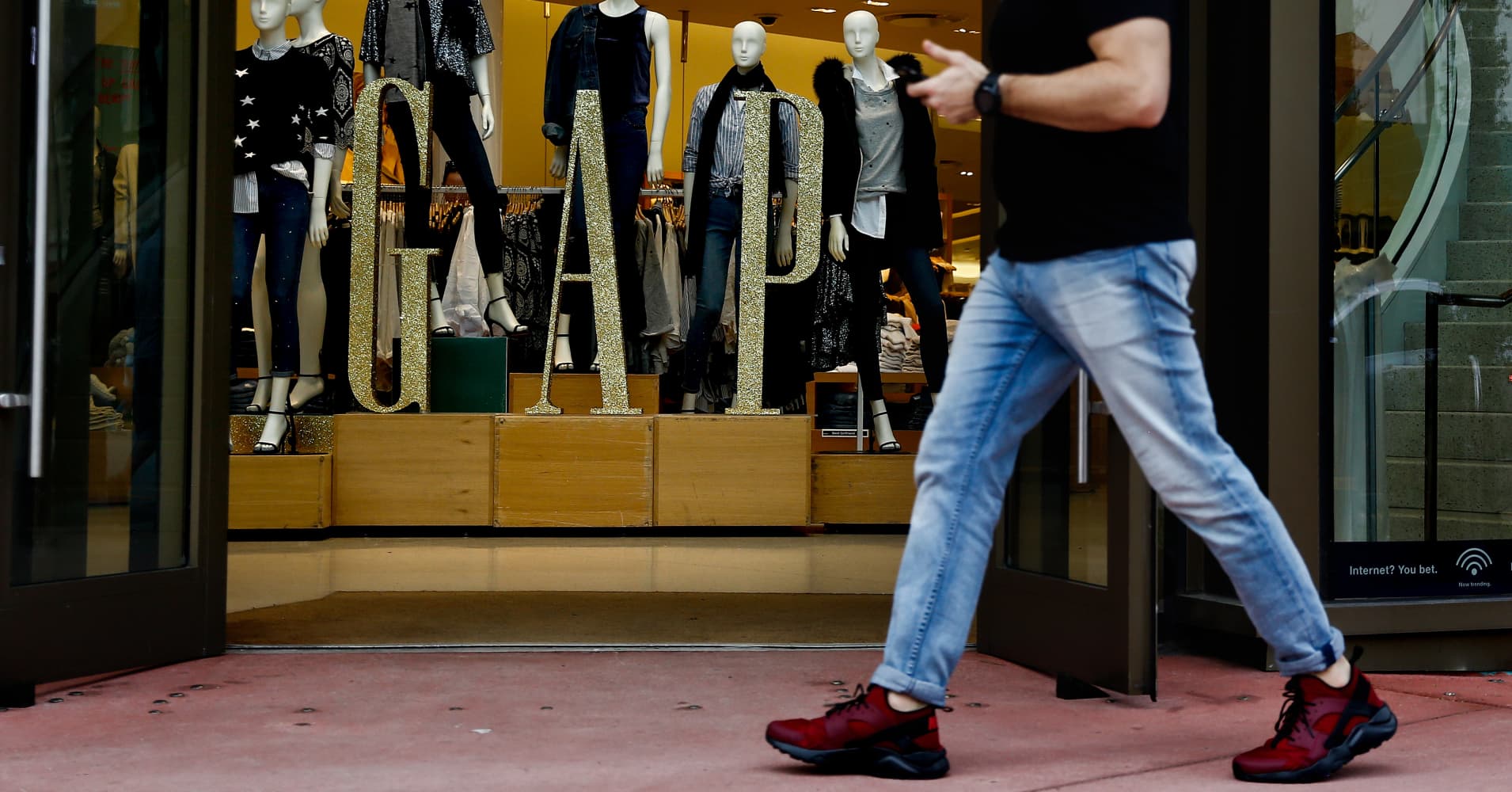
Mall and shopping center owners across the U.S. are preparing to be hit by more store closures, following a brutal year that included department store chains like Bon-Ton and Sears going bankrupt, Toys R Us liquidating and even Walmart shutting dozens of its club stores.
Now, a slew of specialty retailers like Gap and L Brands are getting serious about downsizing, which will leave more vacant storefronts within malls until landlords are able to replace tenants.
And if retailers are not shutting stores, the focus is on negotiating with landlords over how to cut rent and other expenses. Real estate analysts say it’s the retailers, not the mall and shopping center owners, that still have the upper hand in most negotiations today.
“Our early read on 2019 is more of the same … with both malls and [shopping centers] facing another year of tepid earnings growth and store closure-related headwinds,” Mizuho analyst Haendel St. Juste said.
The CEO of clothing retailer Express, David Kornberg, told analysts Thursday morning the company is “benefiting from reduced occupancy costs, which are expected to continue based on recent lease negotiations.”
Express has 60 percent of its leases up for renewal over the next three years, and will be in a position to argue for slashed rents because of that, he said. Express currently has more than 600 stores, including outlets, across the U.S. and Puerto Rico.
The comments come after Gap earlier this month warned it could shut hundreds of stores for its namesake brand “quickly” and “aggressively.”
“There are hundreds of other stores that likely don’t fit our vision for the future of Gap brand specialty store, whether in terms of profitability, customer experience, traffic trends,” CEO Art Peck said.
Then, L Brands CFO Stuart Burgdoerfer told analysts earlier in November the company is going to “take a hard look” at its real estate “over the next several months.” He said L Brands hasn’t had much flexibility to shut stores of late, without incurring a penalty, as leases in the U.S. typically last for 10 years, and can be 15 years in the U.K. But he hinted the company hopes to take a more aggressive stance, moving forward.
“We’re doing some more purposed testing for Victoria’s [Secret] around closing some stores that may not be as obvious financially, but really observing the sales transfer effects,” Burgdoerfer said. Victoria’s Secret has been viewed as dragging down Bath & Body Works, which is also owned by L Brands and is seeing improved sales trends for its lotions and candles as its stores are being remodeled.
Bucking the trend, Abercrombie & Fitch said Thursday morning it plans to close fewer stores this year than it previously anticipated, based on a regained momentum of its apparel business. It’s now planning to shut just 40 locations in malls, compared with a prior target of 60. But it also still has 60 percent of its leases expiring by 2020, giving the company more flexibility in the coming months to ink better deals with property owners. Abercrombie currently has more than 850 stores globally, including those under the Hollister banner.
“I would say, we retain a lot of flexibility with our leases … based on lease expiration,” CEO Fran Horowitz told CNBC. “We work with our landlords. We negotiate with them.”
All things considered, U.S. mall owners like Simon, Macerich, Taubman, Seritage, Brookfield and Unibail-Rodamco-Westfield must look for new ways to fill these gaps, as there aren’t many retailers today opening new stores at the same size and scale as before the Great Recession.
Some are turning to co-working spaces, apartment complexes and health facilities to replace department stores. Others are building spaces that house multiple e-commerce brands on a rotating basis. There’s a wave of digital brands like Casper, Warby Parker and Untuckit opening bricks-and-mortar locations.
“We continue to believe that we’re still in the earlier stages of the reshaping of the retail landscape and facing a challenging backdrop marked by defensive landlords/weak pricing power, more anticipated store closures, and selective capital,” St. Juste said.
Be the first to comment